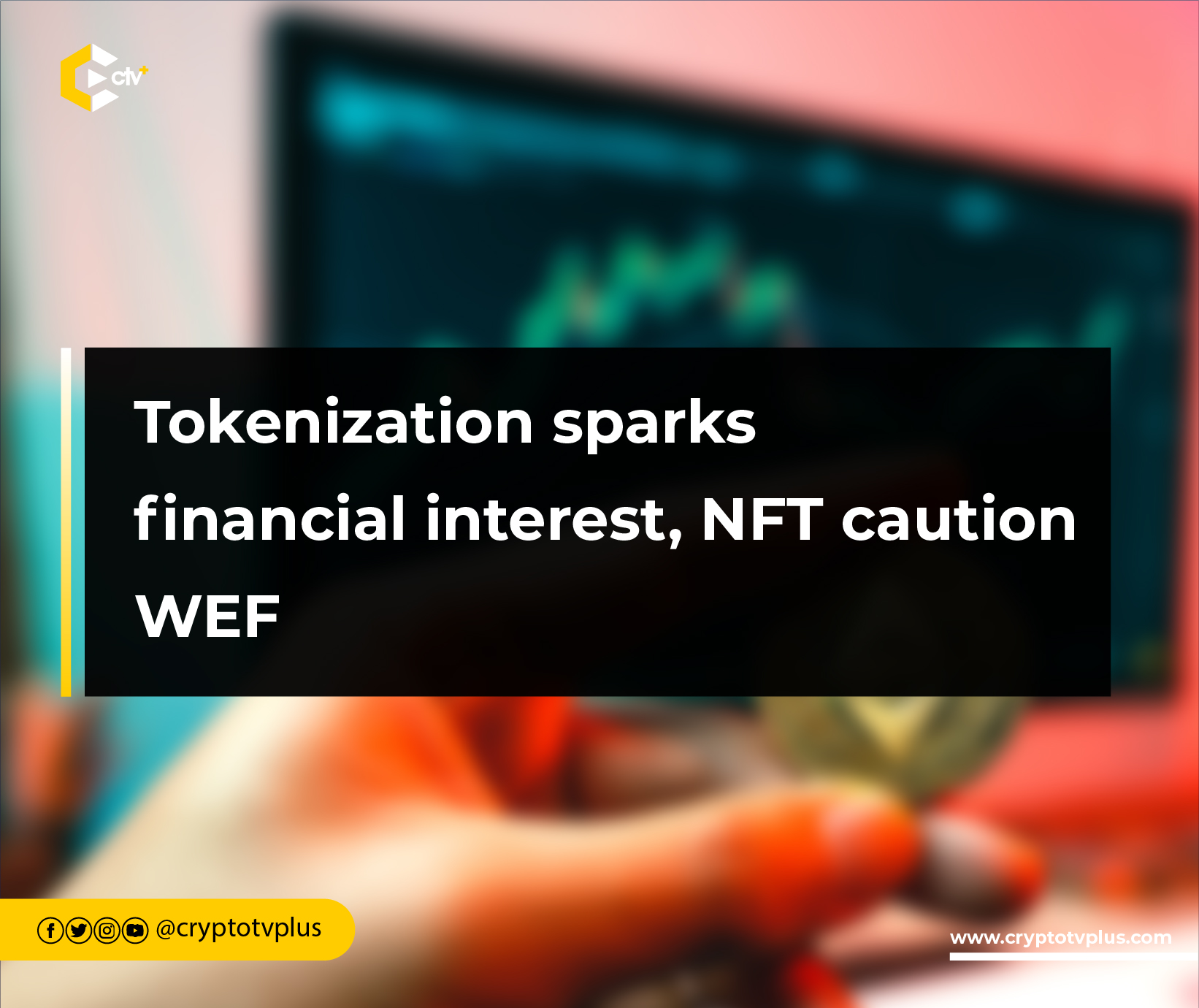FEATURED
Tokenization sparks financial interest, NFT caution – WEF

The finance sector is in a state of evolution, placing emphasis on tokenization, NFTs, and Web3. NFTs have brought innovation by challenging traditional financial norms, introducing concepts like tokenization powered by blockchain technology, and creating new financial possibilities.
According to McKinsey, tokenization, in which NFTs play a role, holds significant potential. Industry experts anticipate a substantial $5 trillion in trade volume for tokenized digital securities by 2030.
Reflecting on the impact of NFTs on the financial sector, a World Economic Forum (WEF) report highlighted noteworthy use cases.
These include the tokenization of Real-World Assets, with examples like the collaboration between Santander and Agrotoken. This concept involves using tokens linked to agricultural commodities in Argentina as loan collateral.
Furthermore, JP Morgan introduced its digital assets platform, Onyx, for various tokenization projects. BNP Paribas implemented a fund involving tokenized fixed income assets serving as collateral, and BlackRock also tokenized its money market funds collateral use.
Loyalty programs, and collectibles
NFTs in finance are also leveraged for loyalty programs. Mastercard launched an Artist Accelerator program to boost musician visibility and support emerging talent, while Visa partnered with FIFA during the 2022 FIFA World Cup on an NFT collection.
In addition, NFT exploration includes Web3 integration and NFT collections. BBVA celebrated its 90th anniversary in Mexico by launching two NFT collections on Polygon. Financial institutions like Visa, PayPal, and Mastercard are actively building NFT infrastructure.
The implications of NFTs in the Finance industry
In all of these use cases and more, WEF wants stakeholders to know that while NFTs are gaining momentum, financial institutions have predominantly focused on mature digital asset use cases, such as tokenized securities and infrastructure development.
The industry consensus is to explore established digital assets and leverage blockchain’s advantages before diving into NFTs as Copper’s Chief Executive Officer suggests that “institutions should explore established digital assets and leverage blockchain’s benefits of being faster, cheaper and safer before jumping into NFTs”.
Secondly, WEF stated that offering a smooth user experience is pivotal for mass adoption. The banking industry recognizes the importance of user-friendly experiences such as built-in minting, wallets, and custody solutions.
“Regardless of the use case, the banking industry agrees that NFT adoption should have a smooth user experience,” it said. “Therefore, companies should implement user-friendly experiences to ensure clients can easily access and benefit from NFTs.”
Thirdly, it revealed that implementing NFT projects introduces operational complexities, requiring third-party partnerships with Web3 companies to manage issues like integrating new infrastructure with legacy systems.
It noted, “the industry believes integrating NFTs with traditional banking systems is incredibly complex, but it is needed to ensure interoperability.”
Lastly, regulatory issues such as KYC, AML, and IP protection act as deterrents for financial institutions to connect clients with NFT marketplaces, citing compliance and reputation risks.
The WEF notes that financial institutions are presently hesitant to act as bridges to NFT marketplaces, primarily due to security and global regulatory concerns within the Web3 space.
Read also; The promising future of NFT Ticketing: lessons from the WEF

























1 Comment